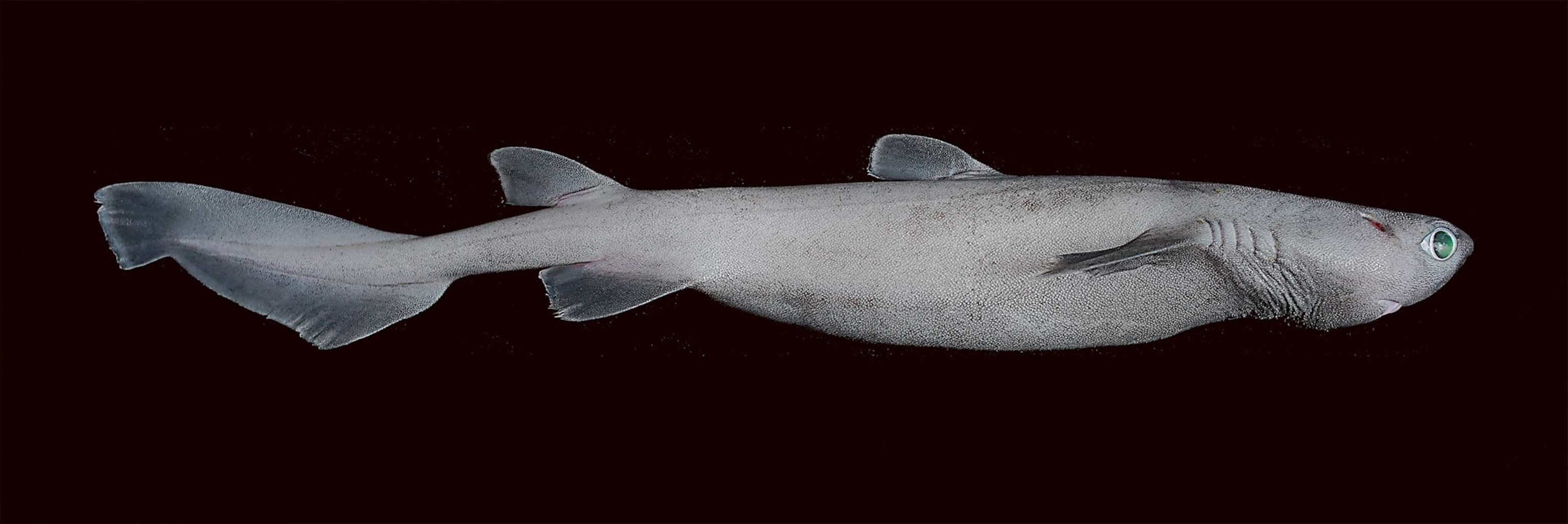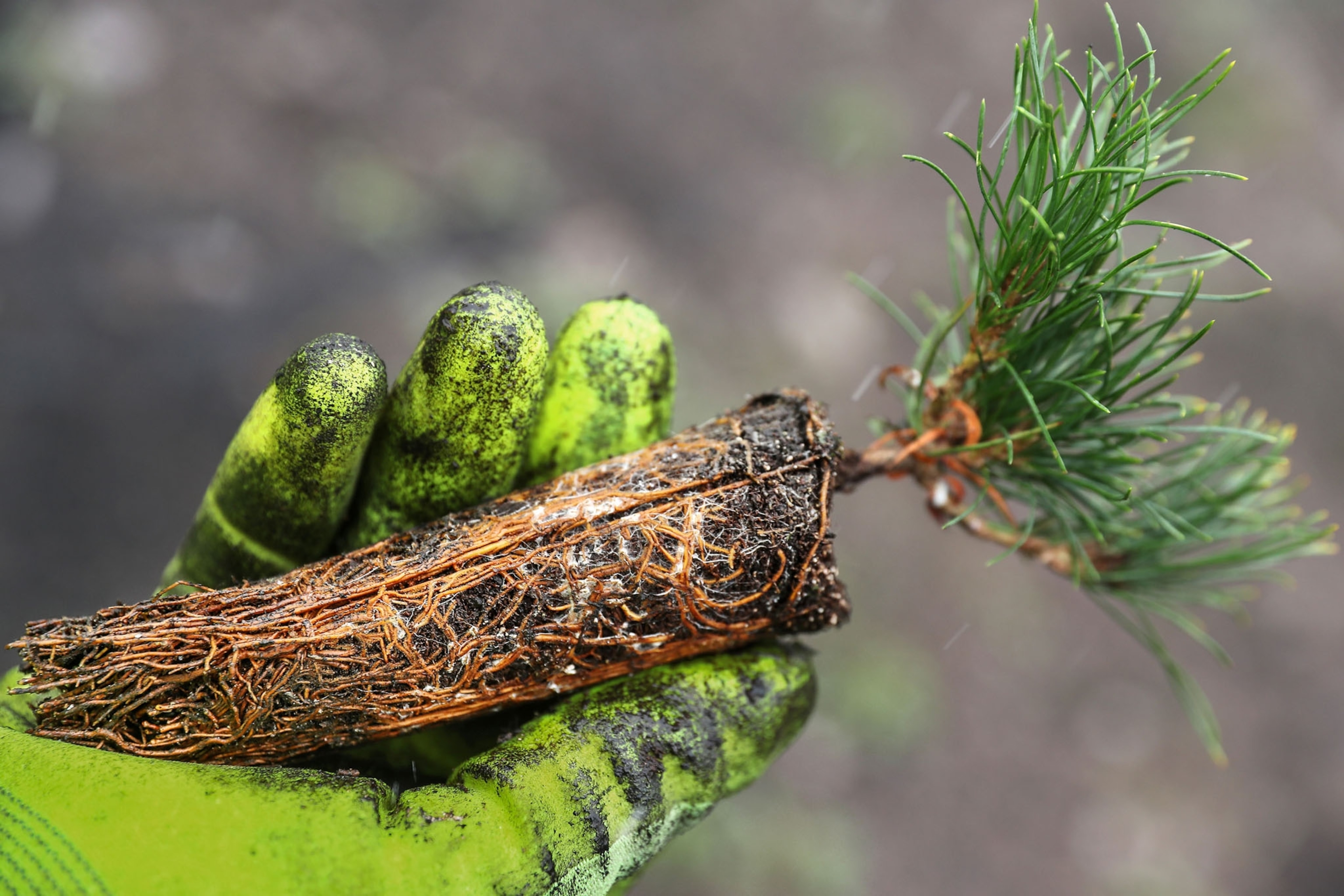.jpg)
This slug chops off its own head, and more curiosities
Sea slugs are regenerating new bodies, sharks are glowing in the dark, and seedlings are in short supply.
Off with its head. Or body.
Scientists in Japan have discovered that two species of sea slugs can rip off their heads and regenerate new bodies, organs and all, in less than a month. Scientists theorize that the slugs, Elysia marginata and Elysia atroviridis, do this to rid themselves of internal parasites. —Annie Roth
Deep down, sharks glow in the dark
Scientists studying deep-sea life off the New Zealand coast identified three species of sharks that are bioluminescent—that is, they glow in the dark. These species—the blackbelly lanternshark, southern lanternshark, and kitefin shark (below)—produce a soft blue-green light using specialized cells in their skin. The kitefin shark, at nearly six feet long, is one of Earth’s largest animals capable of emitting light.

The find is a reminder of “how much we still have to discover and understand about the deep ocean and its inhabitants,” says biologist Diva Amon, a National Geographic emerging explorer. More research is needed on how common bioluminescence is among deep-sea sharks, and how they employ it. Scientists suspect that the sharks, by making their bellies glow, can hide their silhouette from predators lurking in deeper, darker waters—a trick known as counterillumination. —AR
National Geographic’s SharkFest celebrates the ocean’s apex predators in July. Watch Shark Beach With Chris Hemsworth and other shark-infested programming on the network, and the feature documentary Playing With Sharks streaming on Disney+.
Seedlings needed to hit 2030 goal
The United States has pledged to help the world plant and protect a trillion trees by 2030, but the plan has hit a snag: There aren’t enough seedlings to grow into trees for planting—not by a long shot, a new study says. At least three billion tiny trees a year are needed to plant available acres—a 130 percent planting jump that would add tens of billions of dollars in costs for seed collection, infrastructure, and more. The new trees also would need long-term monitoring to ensure they survive pressures such as pests, disease, drought, and fire. Environmentalists say that planting that many trees, and conserving mature ones, is vital to remove planet-warming carbon dioxide from the atmosphere, helping cool a warming future.
—Kyla Mandel

These stories appear in the July 2021 issue of National Geographic magazine.





